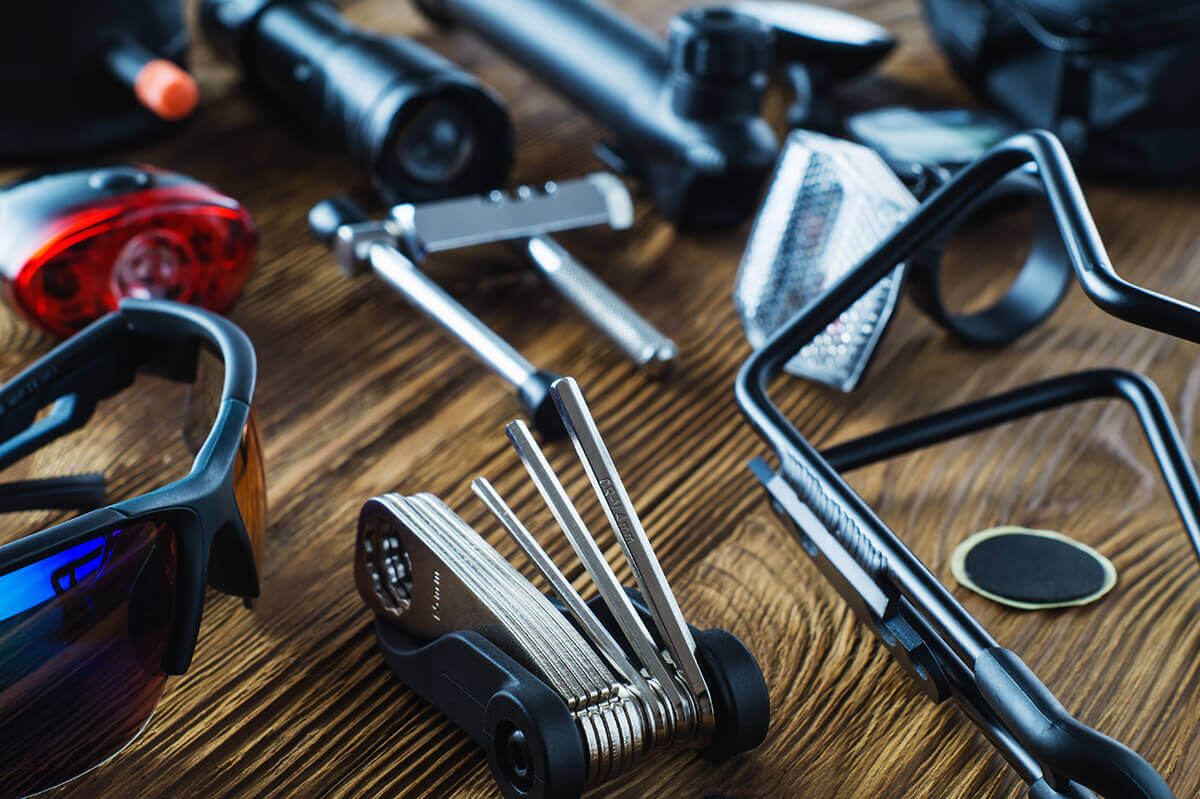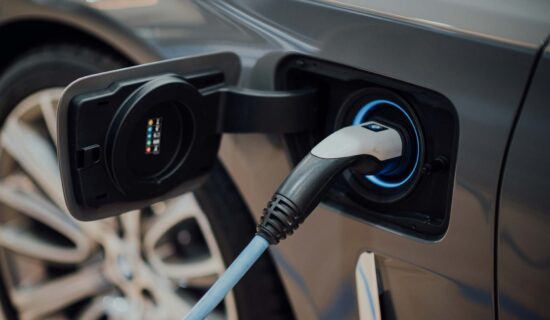Get The Right Tools and Supplies – Plug Equipment
Besides the original tools for removing tires from the vehicle, like impact wrench and torque wrench, valve stem tools, chock, pliers, and vehicle jack, you will need plug equipment for flat ones. It contains a rasp utensil, an insert apparatus, two hex keys, string plugs and a tub of sealing lubricant.
The latest types of these kits are much easier to handle. They can be two-step kits containing a bottle of repair sealant for tires and an inflator, which are used by injecting the sealant into the puncture and then attaching the inflator to fill it with air.
On the other hand, one-step kits are used by simply attaching the hose which simultaneously injects the sealant and air. Make sure you choose the right-sized repair kit, as larger vehicles require more sealant and more powerful inflators.










